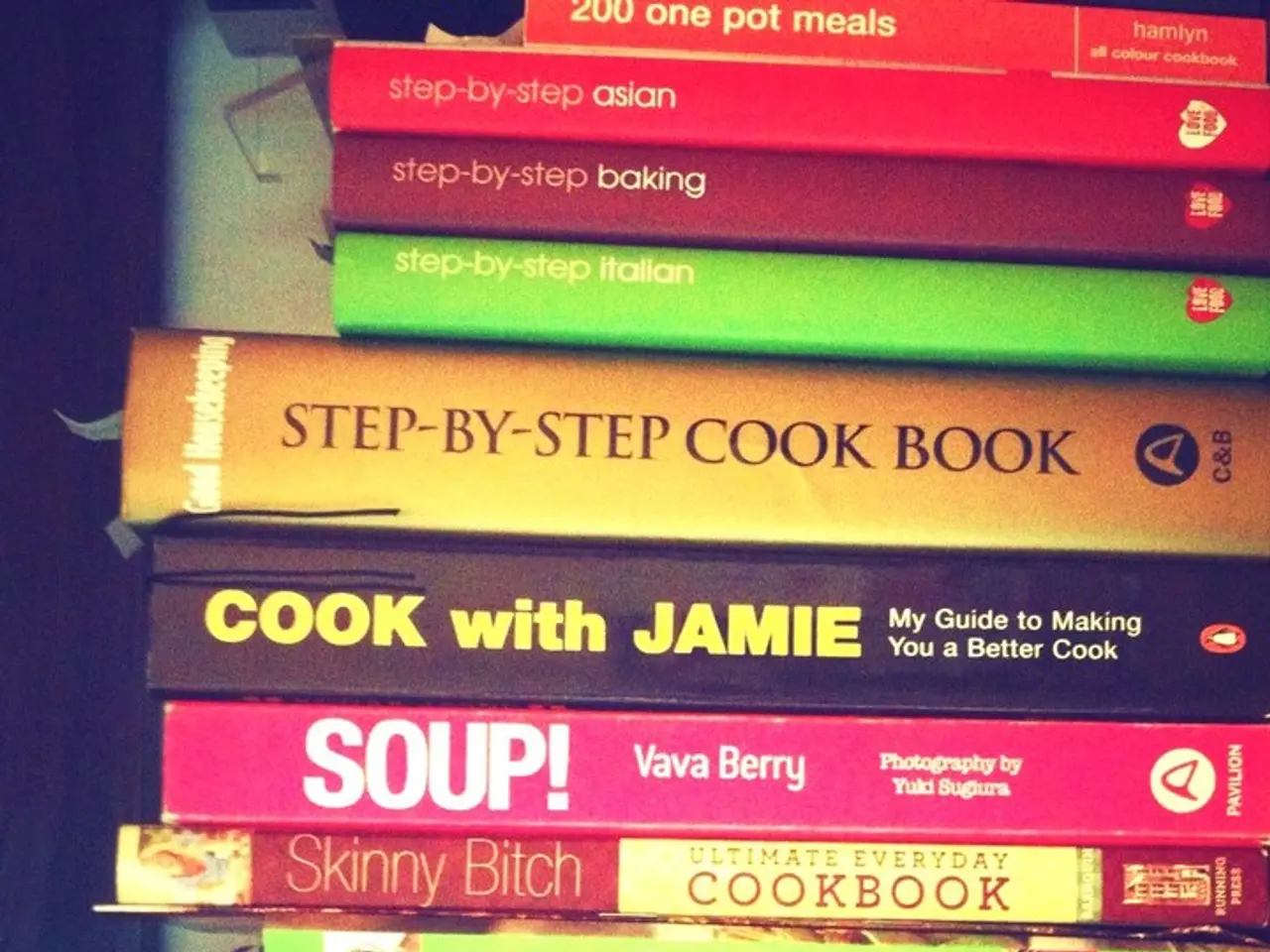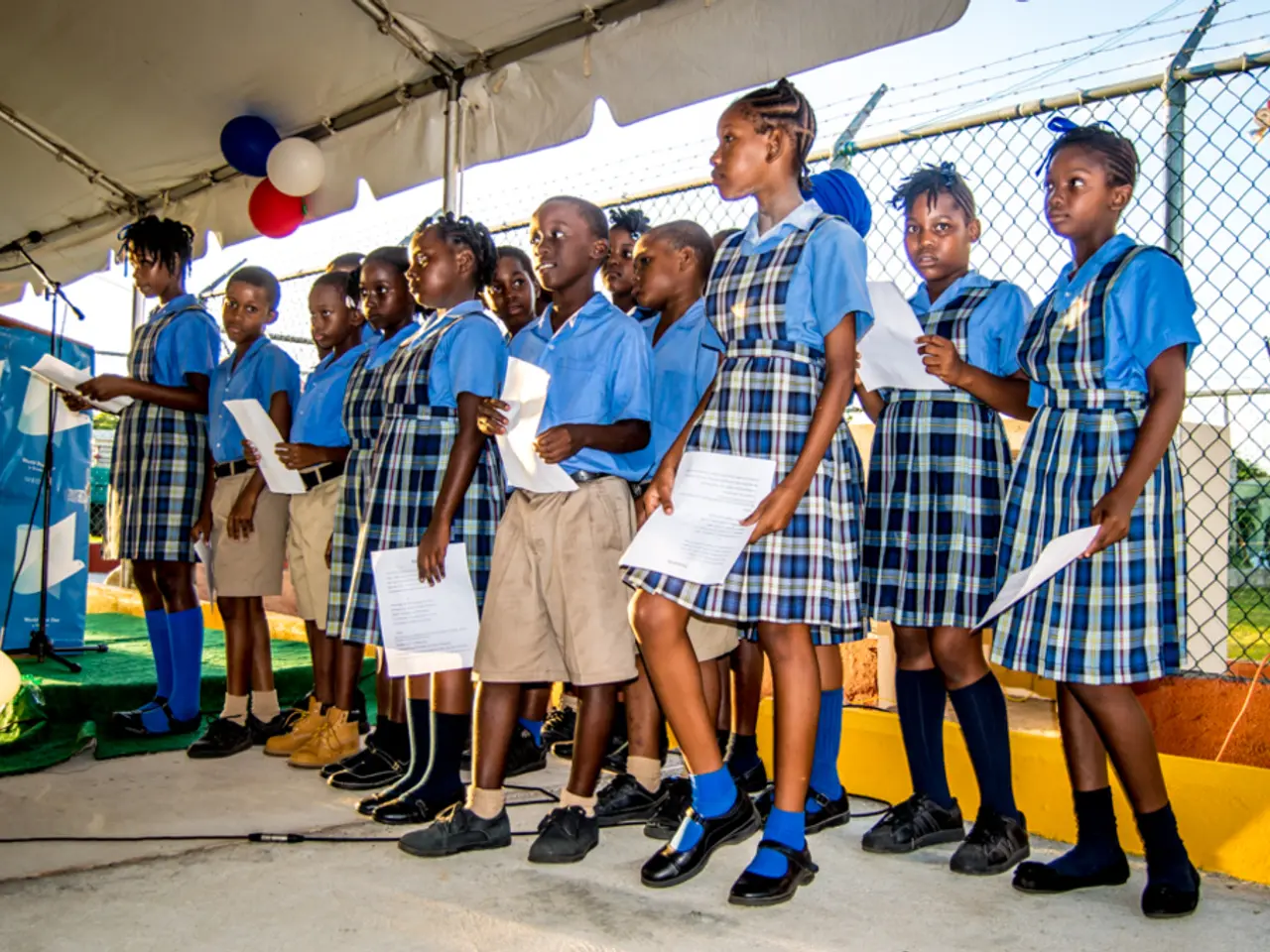Unconventional portrayals of adolescent females, such as the enigmatic 'manic pixie dream girl' and other stereotypes, scrutinized
Unveiling the Rise of 'Weird Girl' Horror: A New Sub-Genre Taking the Literary World by Storm
In the realm of literature, a captivating new sub-genre is gaining traction - 'Weird Girl' horror. This sub-genre, while not formally named, encapsulates a fusion of gothic/horror traditions, featuring female protagonists or central figures who are strange, uncanny, or outside normative social roles.
Origins and Evolution
The roots of 'Weird Girl' horror can be traced back to the late 19th and early 20th centuries' weird fiction and gothic literature, which often featured mysterious or supernatural female characters symbolic of otherness and tragedy. H.P. Lovecraft's 'weird tale' stories, violating natural laws and evoking cosmic horror, laid a foundation for this sub-genre.
One of the earliest archetypes is the 'White Lady', a ghostly figure embodying tragedy and loss. These figures paved the way for the 'Weird Girl' as a haunted or uncanny female entity, merging folklore with horror fiction to explore themes of death, loss, and repression.
As the genre evolved, it began to focus more on women's perspectives and experiences, significantly shaping the 'Weird Girl' concept. Women characters are often portrayed as more sensitive, credulous, and receptive to supernatural phenomena, heightening narrative tension and emotional impact.
Modern Interpretations and British Gothic Revival
Contemporary works have deepened the sub-genre by using the 'Weird Girl' figure to explore cultural identity and historical themes beyond mere fright. For example, Charlotte Tierney's novella The Cat Bride is described as a gothic horror exploring British identity through a strange female protagonist, blending horror with deeper cultural and historical themes.
'Weird Girl' horror overlaps with paranormal fiction, leveraging horror’s capacity to evoke fear and fascination through female characters whose weirdness or otherness challenges societal norms.
The 'Weird Girl' Phenomenon
Red Newsom, a bookseller at Blackwell's Manchester, suggests that 'Weird Girl' fiction provides a safe space for readers to explore desire, empowerment, and resistance away from the male gaze. Lucy Rose's novel The Lamb about lady-cannibals became a bestseller in January, while The Cat Bride explores quiet, insidious injustices through loud metaphors.
Heather Parry writes women who are at odds with the expectations of their gender, society, and physicality, and she believes this is why 'Weird Girl' characters are popular. Newsom also states that in 'Weird Girl' fiction, the girl is weird, but what she revolts against is ubiquitous. When we say "unhinged", what we mean is "unrestrained" in the context of 'Weird Girl' fiction.
'Weird Girl' horror shares similarities with 'femgore', another female-led horror sub-genre, as both explore themes of female empowerment and rebellion. The value of the horror category in the first quarter of 2025 is up over a third against the same period in 2024, reflecting the growing popularity of these sub-genres.
As 'Weird Girl' horror continues to evolve, it offers readers a unique and captivating exploration of identity, the supernatural, and often female experience, providing a space for atypical interests and behaviors to flourish.
- In the intersection of literature and 'fashion-and-beauty', one could find the significance of 'Weird Girl' protagonists who challenge societal norms and embody a unique style.
- Alongside the rise of 'Weird Girl' horror, there is a marked surge in 'education-and-self-development' resources emphasizing empowerment and positive self-image, encouraging readers to embrace their individuality.
- 'Pop-culture' discussions frequently analyze 'Weird Girl' characters, highlighting their impact on personal-growth narratives where embracing one's weirdness is celebrated.
- As part of the 'sci-fi-and-fantasy' genre, 'Weird Girl' horror transcends reality, offering readers an escape into captivating and diverse worlds that reflect and celebrate 'pop-culture' trends centered around nonconformity and female empowerment.




